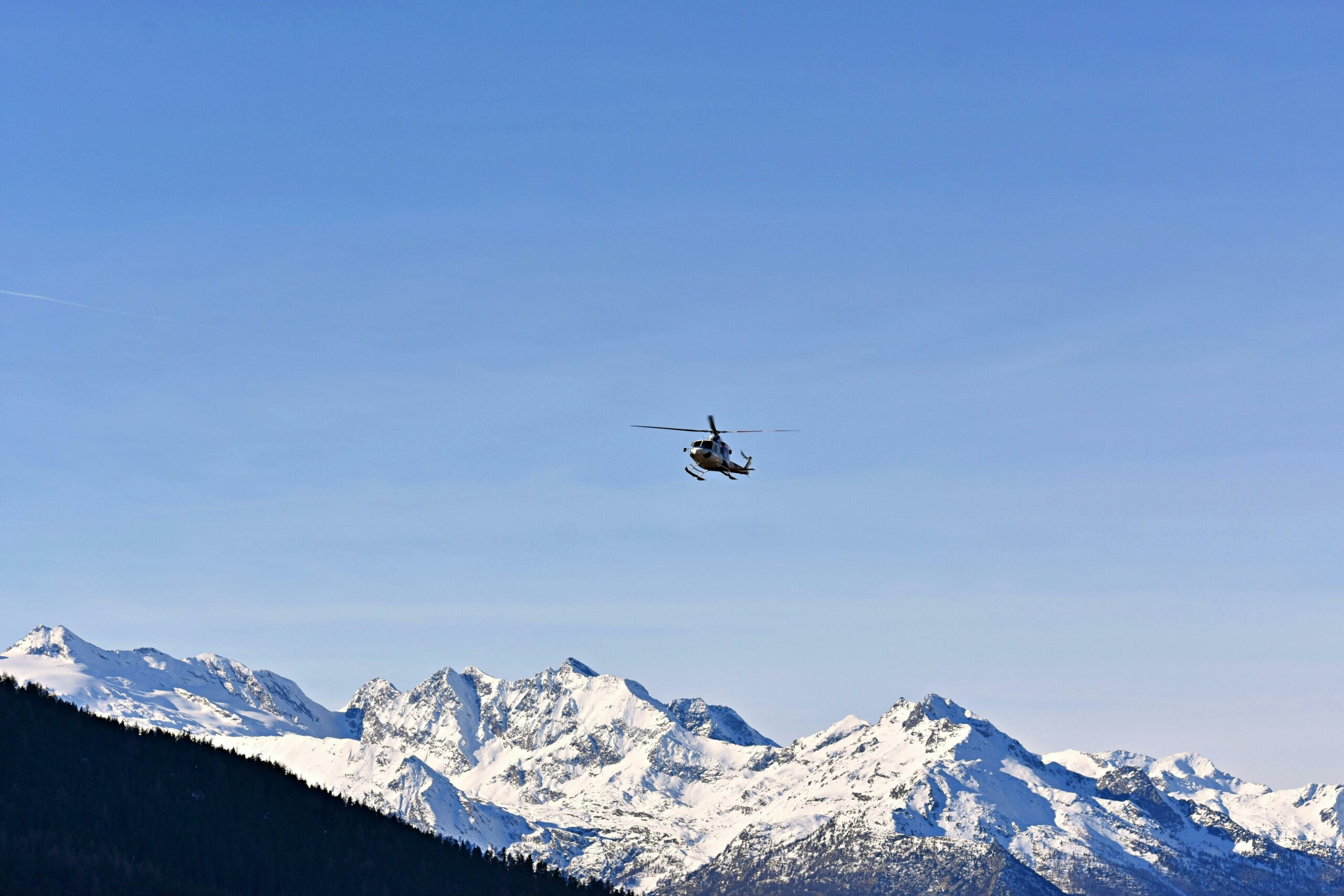Black Hawks have many parts that work together to ensure a safe flight during every mission. Today we will explore helicopter parts that comprise a helicopter’s hydraulic system. Our hydraulic engineers subject replacement hydraulic systems to rigorous hydraulic tests in our high-capacity hydraulic test stand housed in a Class 100,000 Clean Room that meets the requirements of FED-STD-209 and ISO 14644-1 and -2. We will also take a closer look at some of the most important helicopter parts—rotor gearboxes.
The Significance of the Hydraulic System
The hydraulic system uses hydraulic fluid to transmit power to activate various mechanisms essential for flight control and safety, such as the helicopter’s flight controls. These controls allow pilots to maneuver the aircraft with precision, making split-second adjustments in response to changing flight conditions. Without a reliable hydraulic system, the helicopter’s maneuverability would be severely compromised, posing a significant safety risk.
Moreover, the hydraulic system contributes to the helicopter’s stability and responsiveness, especially during critical phases of flight such as takeoff, landing, and hovering. It helps counteract external forces such as wind gusts and turbulence, allowing pilots to maintain control even in challenging environments.
Additionally, the hydraulic system plays a vital role in operating other essential components, such as landing gear, brakes, and cargo hoists. Any failure or malfunction in these systems due to issues with the hydraulic system can have serious consequences, jeopardizing both the aircraft and its mission.
Ensuring the safety and reliability of a helicopter’s hydraulic system requires meticulous maintenance and regular inspections. Components must be checked for signs of wear, leaks, or contamination, and any discrepancies must be addressed promptly to prevent potential failures in flight.
The Significance of Main and Tail Rotor Gearboxes
The main and tail rotor gearboxes are critical components of a helicopter’s propulsion system, responsible for transmitting power from the engines to the rotor blades. These gearboxes operate under extreme conditions, enduring high speeds, heavy loads, and constant vibrations throughout flight.
The main rotor gearbox transfers power from the engines to the main rotor assembly, enabling the helicopter to lift off the ground and achieve forward motion. It must withstand tremendous forces while maintaining precise gear meshing and alignment to ensure smooth and efficient power transmission.
Similarly, the tail rotor gearbox drives the tail rotor, which counteracts the torque produced by the main rotor, thereby stabilizing the helicopter in flight. This gearbox operates at high rotational speeds and must withstand significant stresses to maintain directional control and stability.
The reliability of rotor gearboxes is paramount to the safety of helicopter operations. Any malfunction or failure in these components can result in catastrophic consequences, including loss of control and structural damage.
To mitigate the risk of gearbox failures, rigorous maintenance procedures and inspections are needed. Regular lubrication, vibration monitoring, and thorough examinations of gear teeth and bearings help identify potential issues.
If your Black Hawk helicopter’s hydraulic system or rotors need maintenance or replacement parts, Rotair Aerospace Corporation is here to help. Contact us today!

